
Sofia is the capital and largest city of Bulgaria. It is situated in the Sofia Valley at the foot of the Vitosha mountain, in the western part of the country. The city is built west of the Iskar river and has many mineral springs, such as the Sofia Central Mineral Baths. It has a humid continental climate. Being in the centre of the Balkans, it is midway between the Black Sea and the Adriatic Sea and closest to the Aegean Sea.
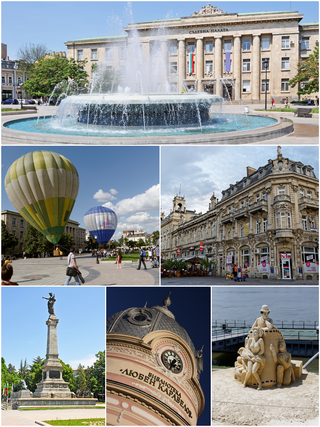
Ruse is the fifth largest city in Bulgaria. Ruse is in the northeastern part of the country, on the right bank of the Danube, opposite the Romanian city of Giurgiu, approximately 67 km (42 mi) south of Bucharest, Romania's capital, 172 km (107 mi) from Varna, and 249 km (155 mi) from the capital Sofia. Thanks to its location and its railway and road bridge over the Danube, it is the most significant Bulgarian river port, serving an important part of the international trade of the country. It is the 12th largest of all cities on the Danube river.

Vasil Levski, born Vasil Ivanov Kunchev, was a Bulgarian revolutionary who is, today, a national hero of Bulgaria. Dubbed the Apostle of Freedom, Levski ideologised and strategised a revolutionary movement to liberate Bulgaria from Ottoman rule. Levski founded the Internal Revolutionary Organisation, and sought to foment a nationwide uprising through a network of secret regional committees.

The Hemus motorway or Haemus motorway, designated A2, is a partially built motorway in Bulgaria. Its planned length is 418 km, of which 191 km are in operation as of October 2022. The motorway in operation is divided into two sections — the first one links the capital Sofia with Boaza near Yablanitsa, crossing Stara planina, and the second segment connects Varna and Buhovtsi near Targovishte. According to the plans, Hemus motorway would connect Sofia with the third-largest city of Varna, at the Black Sea coast, duplicating European route E70 (Varna–Shumen), European route E772 (Shumen–Yablanitsa) and European route E83 (Yablanitsa–Sofia).
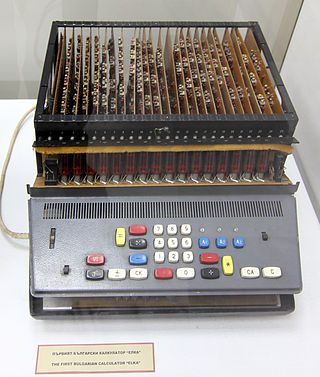
ELKA is a Bulgarian brand of electronic calculator, developed by the Central Institute for Computation Technologies(bg) and built at the Elektronika plant in Sofia. The name is a contraction of ЕЛектронен КАлкулатор, or "electronic calculator", and the word elka has, by extension, become the generic name for a calculator.
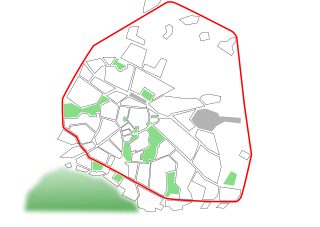
The Sofia ring road, also called in Bulgarian Okolovrástnoto shosé, often shortened to just Okolovrástnoto is an important thoroughfare surrounding Sofia, the capital of Bulgaria. The ring road is 61.8 km long and has recently been upgraded on several sections, with plans to further improve it on the remaining sections.

Václav Dobruský was a Czech archaeologist, epigrapher and numismatist who was mostly active in Bulgaria. The first director of the National Archaeological Museum of Bulgaria from 1893 to 1910, he is regarded as one of the founding fathers of archaeology in that country.

The Plovdiv Regional Ethnographic Museum is a museum of ethnography in Plovdiv, Bulgaria. Since 1938, it has occupied the 1847 house of the merchant, Argir Kuyumdzhioglu, in the city's Old Town. The museum features six exhibitions, each occupying a separate room.
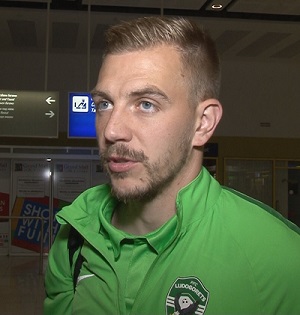
Plamen Ivanov Iliev is a Bulgarian professional footballer who plays as a goalkeeper for Bulgarian First League club Cherno More Varna.
Vasil Todorov Gyuzelev is a Bulgarian historian who studies Bulgaria during the Middle Ages.

Highways in Bulgaria are dual carriageways, grade separated with controlled-access, designed for high speeds. In 2012, legislation amendments defined two types of highways: motorways and expressways. The main differences are that motorways have emergency lanes and the maximum allowed speed limit is 140 km/h (87 mph), while expressways do not and the speed limit is 120 km/h (75 mph). As of October 2023, a total of 879,1 kilometers of motorways are in service.

The Europe Motorway, designated A6, is a motorway that will link the Bulgarian capital Sofia with Serbia at the Kalotina border crossing. Spanning approximately 64.15 kilometers (39.86 mi), the motorway is planned to be connected with the Serbian A4 motorway.

The 2013 Bulgarian protests against the first Borisov cabinet were civil demonstrations against high electricity and hot water bills resulting from monopolism in the sphere that began in Blagoevgrad on 28 January 2013, and subsequently spread to over 30 cities in Bulgaria that ended with the resignation of the Boyko Borisov government on 20 February 2013. They were caused by abnormally high electricity bills, but later turned into a mass non-partisan movement against the government and the political system. The events were marked by seven self-immolations, spontaneous demonstrations and a strong sentiment against political parties.

Aleksandar Trifonov Tomov is a Bulgarian politician, economist, and academic.
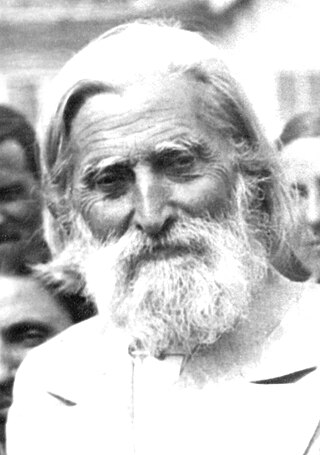
Peter Dunov, also known by his spiritual name Beinsa Douno, and often titled Uchitelyat by his followers, was a Bulgarian philosopher and spiritual teacher who developed a form of Esoteric Christianity known as the Universal White Brotherhood. He is widely known in Bulgaria, where he was voted second by the public in the Great Bulgarians TV show on Bulgarian National Television (2006–2007). Dunov is also featured in Pantev and Gavrilov's The 100 Most Influential Bulgarians in Our History. According to Petrov, Peter Dunov is “the most published Bulgarian author to this day.”
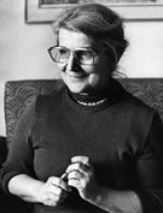
Lyuba Ognenova-Marinova was a pioneering Bulgarian archaeologist. She was the first underwater archaeologist in the country and headed the investigations of the ancient Thracian city of Nesebar. She became one of the leading Bulgarian researchers specializing in ancient and Thracian archeology, authoring over 100 scientific publications. She served on the faculty of Sofia University and as a senior researcher at the National Archaeological Museum in Sofia.
Ivan Borisov Vukadinov was a Bulgarian painter. Considered "one of the greatest of Bulgarian artists," he was one of the 25 artists selected for the monograph series published by the National Endowment of the Arts. Vukadinov resurrected an encaustic technique used in ancient Egypt for making Fayum mummy portraits. His art references Etruscan, Egyptian, Thracian, Greek, and Roman art. Vukadinov was the first Bulgarian artist whose work has been acquired by the Vatican Museums.

Bulgarian Armed Forces Day, also known as the Day of Bravery or the Day of Bravery and Holiday of the Bulgarian Army is a national holiday celebrated annually on May 6, commemorating the Bulgarian Armed Forces. The event is marked by military parades, fireworks and ceremonies across the country. As Armed Forces Day is the national military holiday of Bulgaria the celebrations in Sofia thus serve as a national event to mark the holiday.
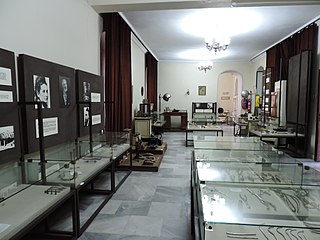
The Museum of Medicine History is a museum located in Varna, Bulgaria. The museum is dedicated to the study of the development of Balkan medicine.

Galab Spasov Donev is a Bulgarian politician who served as the caretaker Prime Minister of Bulgaria from 2 August 2022 to 6 June 2023. He is the longest-serving caretaker prime minister in Bulgaria's history to date.






















